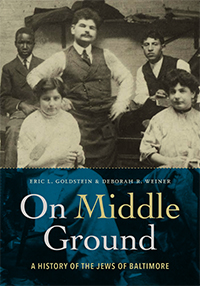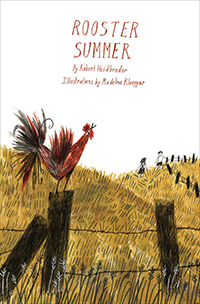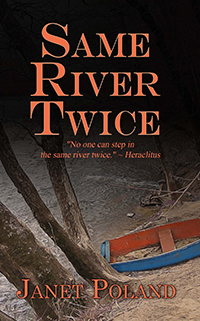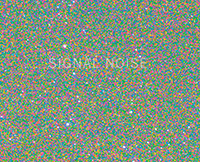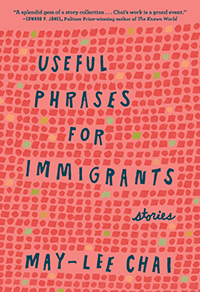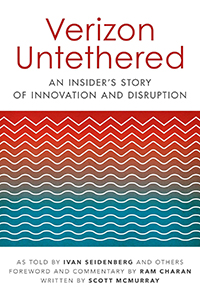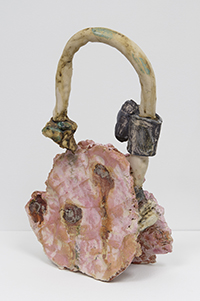Deborah R. Weiner ’79 is co-author of On Middle Ground: A History of the Jews of Baltimore (Johns Hopkins University Press, 2018). This comprehensive history of Baltimore’s Jewish community reveals how the city’s position between North and South profoundly shaped Jewish economic, social, and religious life. The book illuminates both Baltimore and its Jews, showing how each influenced the other.
